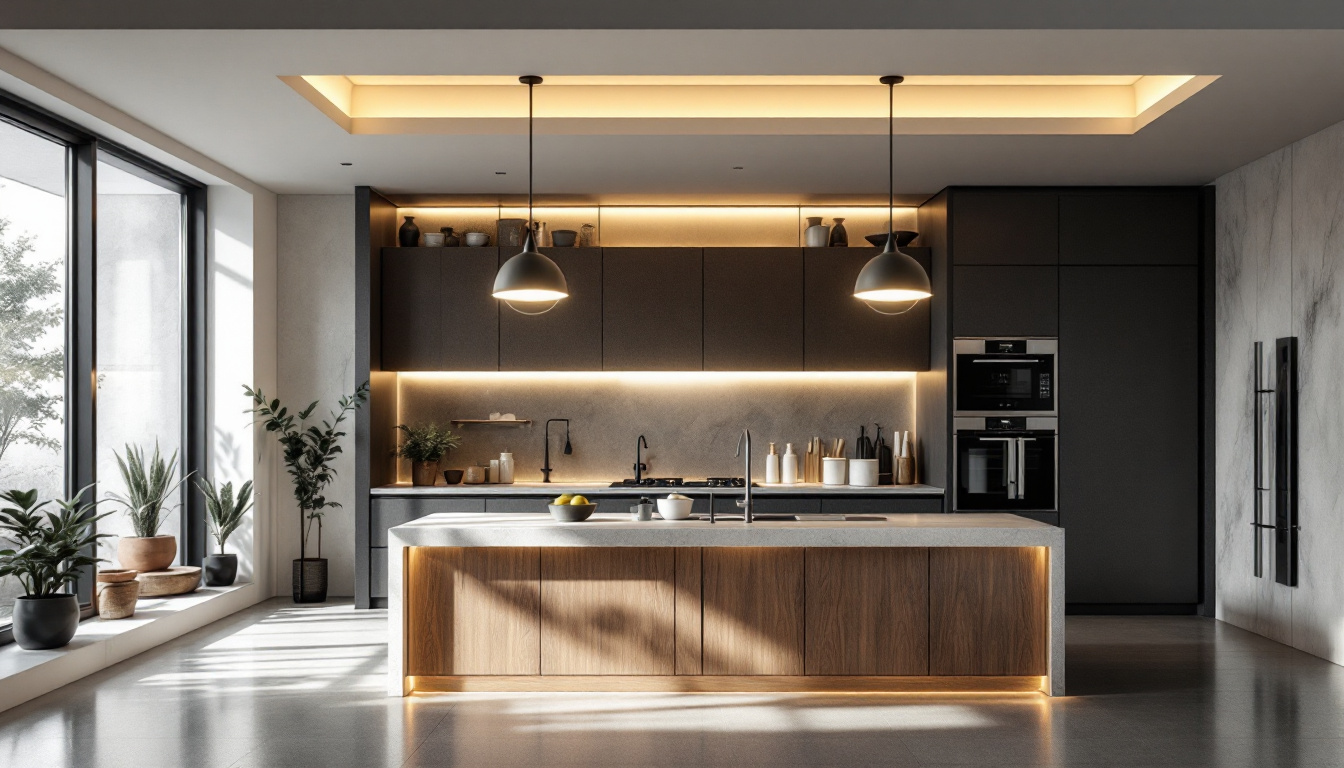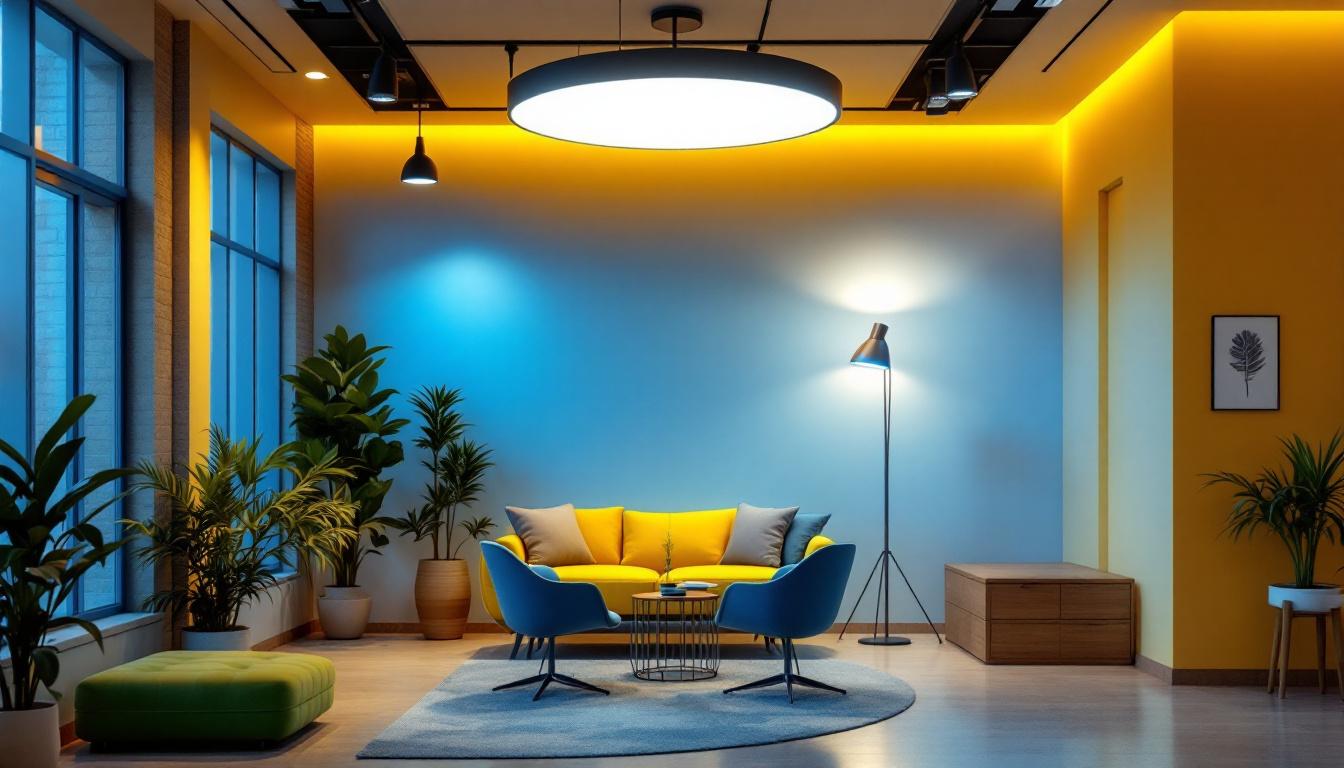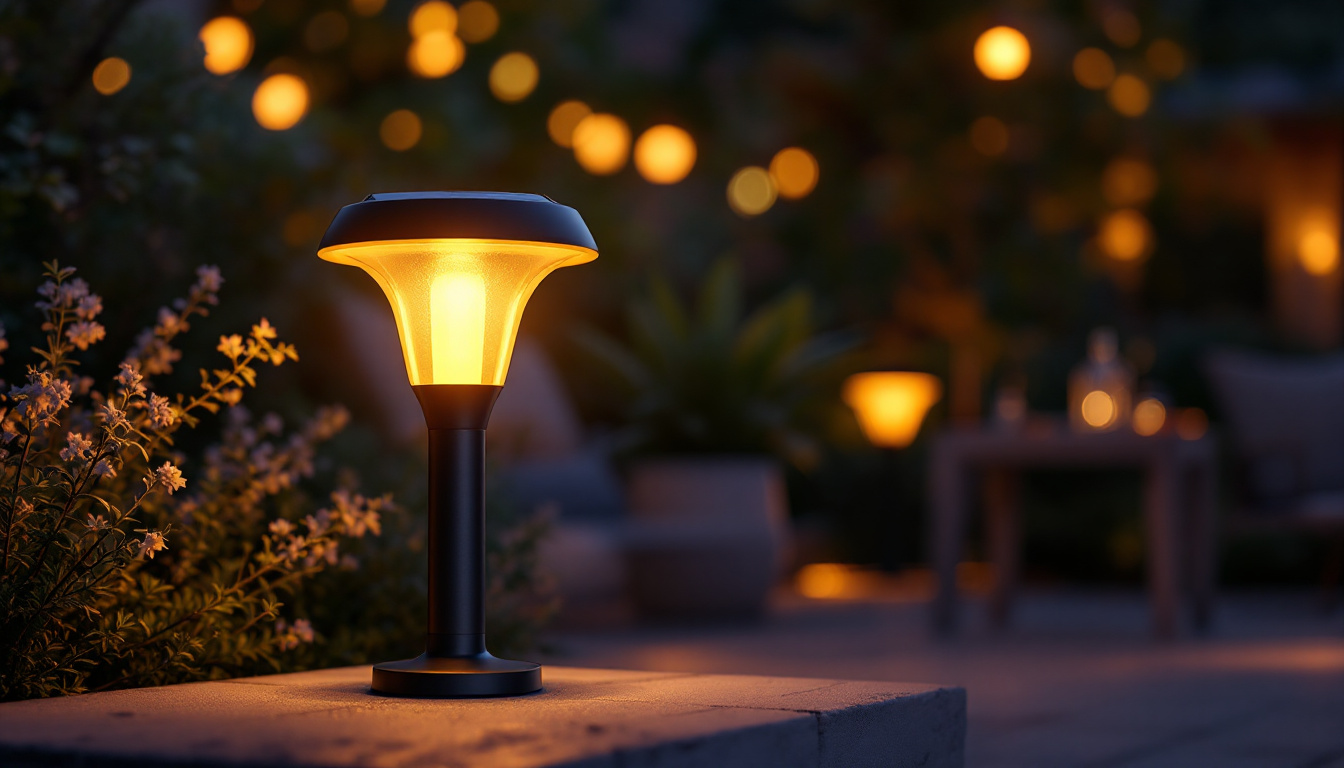
Recessed lighting has become a staple in modern interior design, offering both aesthetic appeal and functional benefits. However, for lighting contractors, managing costs effectively is crucial to maintaining profitability while delivering high-quality installations. This article explores various cost-saving strategies that can help contractors optimize their operations and enhance their bottom line.
Before diving into cost-saving strategies, it’s essential to understand the various components that contribute to the overall cost of recessed lighting installations. These components include the fixtures themselves, labor, materials, and overhead costs.
The choice of recessed lighting fixtures can significantly impact the overall project cost. Options vary widely in price based on brand, quality, and features. Contractors should consider the balance between cost and quality to ensure customer satisfaction while keeping expenses manageable. For instance, high-efficiency LED fixtures may have a higher upfront cost but can lead to long-term savings through reduced energy consumption and longer lifespans compared to traditional incandescent options. Additionally, selecting fixtures with adjustable features can provide flexibility in lighting design, allowing homeowners to tailor the ambiance of their spaces without the need for future modifications.
Labor costs are often one of the largest expenses in any lighting project. Efficient scheduling and skilled labor can help reduce these costs. Investing in training for the crew can also lead to faster installations and fewer mistakes, ultimately saving time and money. Furthermore, employing a project manager to oversee the installation process can streamline communication and coordination among team members, minimizing downtime and ensuring that the project stays on track. This proactive approach not only enhances productivity but also fosters a collaborative environment that can lead to innovative solutions and improved overall project outcomes.
In addition to the fixtures, various materials are needed for a successful installation, including wiring, junction boxes, and insulation. Bulk purchasing of these materials can lead to significant savings. Contractors should also explore partnerships with suppliers for better pricing on frequently used items. Moreover, considering alternative materials, such as low-voltage wiring or eco-friendly insulation, can not only reduce costs but also appeal to environmentally conscious clients. By staying informed about the latest advancements in lighting technology and materials, contractors can offer clients options that are both cost-effective and sustainable, enhancing the overall value of their services.
With a clear understanding of the costs involved, contractors can implement several strategies to reduce expenses without compromising on quality.
Efficiency is key in reducing costs. By streamlining operations, contractors can minimize wasted time and resources. This can be achieved through careful project planning and scheduling, ensuring that all materials and labor are coordinated effectively.
Using project management software can help track timelines, resources, and budgets. This technology allows for better communication among team members and can help identify potential issues before they escalate, saving both time and money. Furthermore, adopting lean construction principles can significantly enhance productivity by eliminating unnecessary steps in the workflow. By focusing on value-adding activities and continuously seeking improvements, contractors can create a more efficient work environment that not only saves costs but also boosts employee morale and satisfaction.
Investing in energy-efficient recessed lighting fixtures can lead to long-term savings for both contractors and clients. While the initial cost may be higher, these fixtures often have lower operating costs due to reduced energy consumption and longer lifespans.
Moreover, many clients are increasingly interested in sustainable solutions, making energy-efficient options more appealing. Highlighting the benefits of these fixtures can also justify their cost, enhancing the overall value of the project. In addition to energy savings, these fixtures can contribute to a more comfortable living or working environment by providing better light quality and reducing heat output. Contractors can further enhance their offerings by educating clients on available rebates and incentives for energy-efficient installations, making the investment even more attractive.
Technology plays a significant role in modern lighting installations. Utilizing advanced tools such as laser measuring devices can improve accuracy and reduce the time spent on the job site. Additionally, software solutions for design and layout can help in visualizing the final product, allowing for more precise planning and execution.
Contractors should also consider using smart lighting controls, which can enhance the functionality of recessed lighting and provide added value to clients. These systems can be more cost-effective in the long run, as they allow for better energy management. Furthermore, incorporating automation technology can lead to increased user satisfaction, as clients can customize their lighting preferences with ease. As the demand for smart home technology continues to rise, contractors who stay ahead of the curve by integrating these innovative solutions will not only save costs but also position themselves as leaders in the industry, attracting more clients looking for modern, efficient lighting solutions.
Maintaining clear communication with clients is vital for successful project execution. It not only helps manage expectations but also fosters trust and satisfaction. Regular updates and check-ins can ensure that clients feel involved in the process, making them more likely to voice any concerns or preferences as they arise. This proactive approach can significantly enhance the overall client experience and lead to long-term relationships.
When discussing project costs with clients, it’s crucial to set realistic budgets from the outset. Providing a detailed breakdown of costs can help clients understand where their money is going and why certain choices are made. Transparency can lead to a more collaborative relationship and reduce the likelihood of disputes later on. Additionally, discussing potential cost-saving measures or alternative materials can help clients feel more comfortable with their financial commitments, ensuring they remain engaged and satisfied throughout the project lifecycle.
Clients may not be aware of the various options available for recessed lighting. Educating them about different fixtures, energy-efficient choices, and control systems can empower them to make informed decisions. This knowledge can lead to increased satisfaction and potentially higher budgets for more advanced solutions. Furthermore, offering visual aids, such as design mock-ups or samples, can help clients better visualize their options, making the decision-making process more interactive and enjoyable. By fostering an environment of learning and exploration, clients are more likely to appreciate the value of the choices they make, leading to a more successful project outcome.
Labor is a significant cost factor in any lighting project, and maximizing efficiency can lead to substantial savings.
Investing in the training and development of staff can pay off in the long run. A well-trained crew is more likely to work efficiently and make fewer mistakes, which can reduce rework and ultimately save money. Regular training sessions can also keep the team updated on the latest trends and technologies in the industry.
In some cases, it may be more cost-effective to hire skilled subcontractors for specific tasks rather than employing full-time staff. This approach allows contractors to maintain flexibility and manage labor costs more effectively. However, it’s essential to ensure that subcontractors are reliable and maintain the same quality standards as the main team.
Efficient use of materials can significantly reduce costs in recessed lighting projects. Here are some strategies to consider.
As mentioned earlier, purchasing materials in bulk can lead to substantial savings. Contractors should evaluate their typical project needs and consider stockpiling commonly used items. This approach not only reduces costs but also ensures that materials are readily available when needed, minimizing delays.
Whenever possible, contractors should look for opportunities to recycle or reuse materials from previous projects. This practice not only saves money but also aligns with sustainable building practices, which can be a selling point for environmentally conscious clients.
In a competitive market, effectively marketing cost-saving solutions can set a contractor apart from the competition.
When marketing recessed lighting services, it’s essential to highlight the value propositions of energy-efficient fixtures and smart lighting controls. By emphasizing the long-term savings and enhanced functionality these options provide, contractors can attract clients who are looking for cost-effective solutions.
Social media and online platforms can be powerful tools for reaching potential clients. Sharing case studies, testimonials, and before-and-after photos can showcase successful projects and demonstrate the contractor’s expertise. Engaging content that educates clients about the benefits of recessed lighting can also drive interest and inquiries.
Cost management is a critical aspect of running a successful lighting contracting business. By understanding the various costs associated with recessed lighting and implementing effective cost-saving strategies, contractors can enhance their profitability while delivering high-quality installations to their clients.
From streamlining operations and maximizing labor efficiency to educating clients and leveraging technology, there are numerous ways to reduce costs without sacrificing quality. By adopting these strategies, lighting contractors can position themselves as leaders in the industry, ready to meet the evolving needs of their clients.
Ultimately, the goal is to create a win-win situation where both contractors and clients benefit from cost-effective, high-quality recessed lighting solutions. Embracing these practices will not only improve the bottom line but also contribute to a positive reputation in the competitive world of lighting contracting.
Ready to elevate your lighting projects while keeping costs down? Look no further than LumenWholesale for a vast selection of top-quality, spec-grade lighting products at the best wholesale prices. Say goodbye to middleman markups and hello to superior lighting solutions that meet the highest industry standards. With free shipping on bulk orders, LumenWholesale is your go-to source for premium lighting without hidden fees or compromises. Don’t miss out on the perfect blend of quality, affordability, and convenience. Take advantage of our unbeatable deals and Wholesale Lighting at the Best Value today!

Discover the essential guide for lighting contractors on flush kitchen ceiling lights.

Discover essential tips and common mistakes to avoid when selecting box light fixtures with insights from seasoned lighting contractors.

Explore the rising significance of top-down lighting in the industry, uncovering its benefits, innovative applications, and how it’s shaping the future of illumination design.

Illuminate your outdoor spaces efficiently with our comprehensive checklist tailored for lighting professionals.